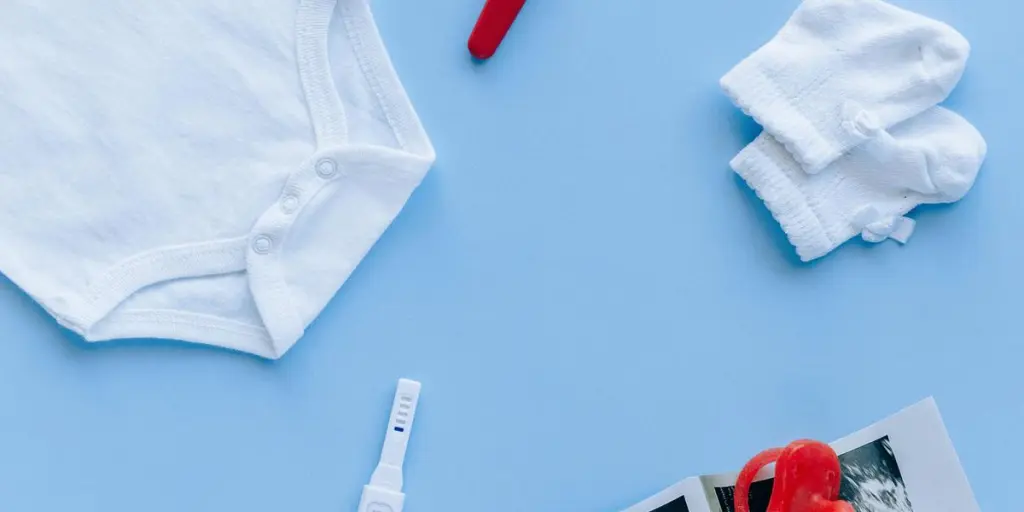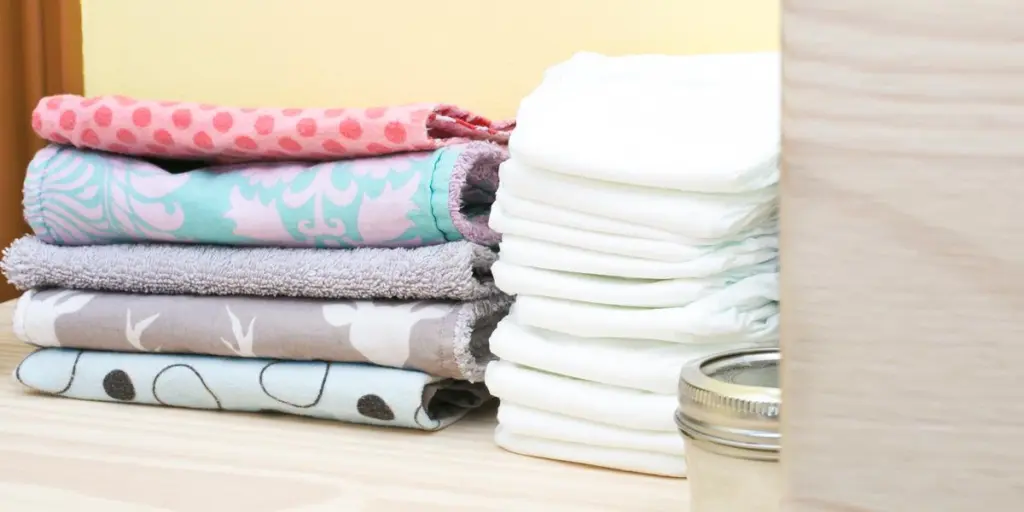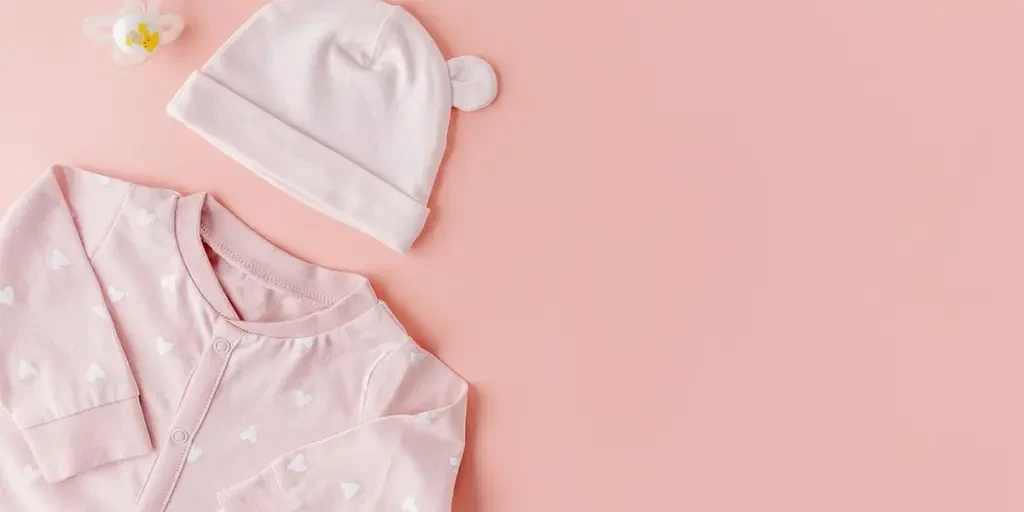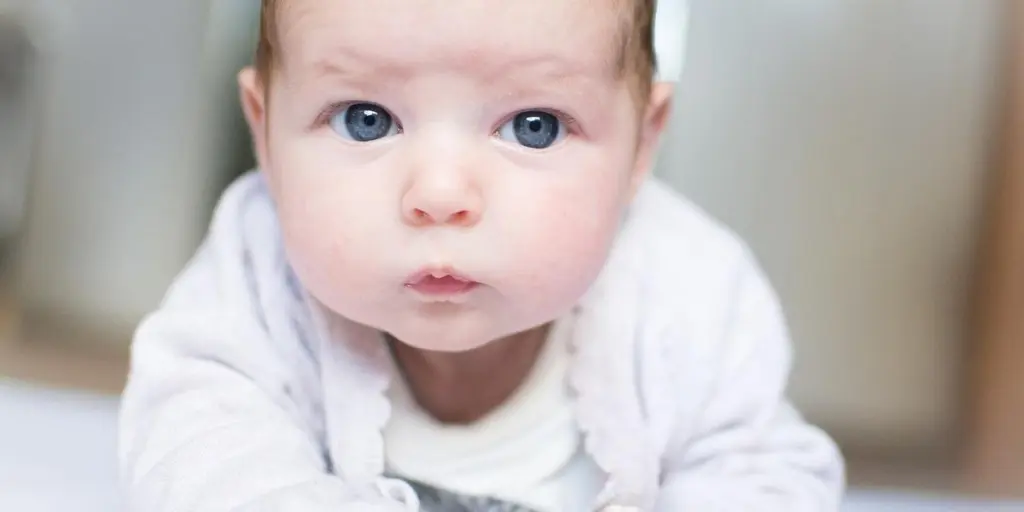The newborn baby clothes market is experiencing significant growth, driven by increasing birth rates, rising disposable incomes, and a growing preference for organic and hypoallergenic materials. This article delves into the market dynamics, key trends, and future prospects of the newborn baby clothes industry.
İçindekiler:
-Market Overview: The Growing Demand for Newborn Baby Clothes
-Soft and Safe: The Importance of Texture and Materials
-Choosing the Right Fabrics for Newborns
-The Role of Organic and Hypoallergenic Materials
-Ensuring Comfort and Safety with Proper Texture
-Adorable and Functional: Design and Features
-Practical Designs for Easy Dressing
-Essential Features for Newborn Clothing
-Estetik ve İşlevselliği Dengelemek
-Seasonal Trends: Dressing Newborns for Every Season
-Warm and Cozy for Winter
-Light and Breathable for Summer
-Transitional Pieces for Spring and Fall
-Cultural Influence and Heritage in Newborn Baby Clothes
-Traditional Designs and Patterns
-Modern Takes on Cultural Heritage
-Global Influences in Newborn Fashion
-Çözüm
Market Overview: The Growing Demand for Newborn Baby Clothes

The global market for newborn baby clothes is on an upward trajectory, reflecting broader trends in the fashion industry and the increasing focus on comfort, safety, and ease of use. According to Research and Markets, the baby clothing market grew from USD 73.63 billion in 2023 to USD 77.73 billion in 2024 and is expected to continue growing at a compound annual growth rate (CAGR) of 5.88%, reaching USD 109.91 billion by 2030. This growth is driven by several factors, including rising birth rates, increasing disposable incomes, and the growing popularity of eCommerce.
Piyasa Performansı Verileri
The baby clothing market is segmented by product, age, gender, and distribution channel. Products include caps, frocks, dresses, jeans, and jeggings, catering to different age groups such as 0-3 months, 1-3 years, and 3-6 months. The market is also divided by gender and distribution channels, with a significant portion of sales occurring through online platforms. According to Statista, the global baby clothes market generated a revenue of USD 44.02 billion in 2024, with an annual growth rate of 2.54% projected from 2024 to 2028.
Bölgesel Bilgiler
The Americas, particularly the United States and Canada, represent a significant portion of the baby clothing market. Consumer demand in this region is driven by high parental awareness regarding baby health, fashion, and comfort, alongside a strong preference for organic and sustainable products. In South America, economic improvement and the rising urban middle class contribute significantly to market growth. Europe’s baby clothing market is marked by a preference for high-quality, sustainable clothing options, with numerous established fashion brands venturing into baby clothing lines. The Asia-Pacific region, particularly China and India, is witnessing rapid growth due to their massive population base and increasing disposable incomes.
Anahtar Oyuncular
Leading companies in the baby clothing market include Gap Inc., Primark Stores Limited, Puma SE, OshKosh Corp., Hanesbrands Inc., Ralph Lauren Corp., Bed Bath and Beyond Inc., and Carter’s Inc. These companies are actively innovating to meet the evolving demands of environmentally conscious consumers, with a focus on sustainability and eco-friendliness. For instance, H&M introduced a new line of baby clothes made from organic cotton, fully recyclable through composting, reflecting the growing trend towards sustainable fashion.
Gelecek trendleri
The future of the baby clothing market looks promising, with several trends expected to shape its growth. Technological advancements are driving innovation, with the integration of smart fabrics that monitor health and comfort. There is also a growing emphasis on personalized and customized baby clothing, catering to diverse consumer needs. The market is expected to benefit from the continued dominance of eCommerce, which offers convenience and a wide range of options for consumers.
Soft and Safe: The Importance of Texture and Materials

Choosing the Right Fabrics for Newborns
When it comes to newborn baby clothes, the choice of fabric is paramount. Newborns have delicate skin that is highly sensitive to rough textures and harsh chemicals. Therefore, selecting the right fabrics is crucial to ensure their comfort and safety. According to a professional report, natural fibers such as cotton and linen are highly recommended for newborn clothing. These materials are breathable, soft, and gentle on the skin, reducing the risk of irritation and allergies. Cotton, in particular, is a popular choice due to its softness and durability. It is also easy to clean, which is an essential factor for baby clothes.
The Role of Organic and Hypoallergenic Materials
Organic and hypoallergenic materials play a significant role in newborn clothing. Organic fabrics are grown without the use of harmful pesticides and chemicals, making them a safer option for babies. Hypoallergenic materials, on the other hand, are designed to minimize the risk of allergic reactions. Brands like Serendipity Organics and Petit Piao are known for their commitment to using organic and hypoallergenic materials in their baby clothing lines. These brands ensure that their products are free from harmful substances, providing peace of mind to parents.
Ensuring Comfort and Safety with Proper Texture
The texture of the fabric is another critical factor to consider when choosing newborn baby clothes. Soft and smooth textures are essential to prevent skin irritation and discomfort. Pointelle knits, for example, are a popular choice for babywear due to their soft and breathable nature. These knits are perfect for regions with cooler climates, as they provide warmth without being too heavy. Additionally, the use of natural buttons sourced from coconut husk and nickel-free snap-stud fastenings ensures that the clothing is safe and comfortable for babies.
Adorable and Functional: Design and Features

Practical Designs for Easy Dressing
Practicality is a key consideration in the design of newborn baby clothes. Parents need clothing that is easy to put on and take off, especially during diaper changes. The mock two-piece romper, highlighted as a key item for the S/S 25 season, is an excellent example of practical design. This romper combines the look of a two-piece outfit with the convenience of a single garment, preventing the impracticality of separates riding up or slipping down. The use of hidden snap-stud fastenings also makes diaper changes quick and easy.
Essential Features for Newborn Clothing
Newborn clothing should include essential features that enhance functionality and comfort. Features such as adjustable shoulder straps, elasticated waistbands, and easy-access fastenings are crucial for ensuring that the clothing fits well and is easy to use. The woven craft set, for instance, is designed with adjustable tie shoulder straps and ruffled trims, making it both practical and stylish. Additionally, the use of natural buttons and soft, breathable fabrics ensures that the clothing is comfortable for babies.
Estetik ve İşlevselliğin Dengelenmesi
While functionality is essential, aesthetics also play a significant role in newborn baby clothes. Parents often look for clothing that is not only practical but also adorable. Brands like Misha & Puff and Noralee excel in balancing aesthetics and functionality. Their collections feature beautiful designs with intricate details such as hand-embroideries, smocking, and patchworked panelling. These elements add a touch of charm to the clothing while maintaining practicality and comfort.
Seasonal Trends: Dressing Newborns for Every Season

Warm and Cozy for Winter
Dressing newborns for winter requires clothing that provides warmth and comfort. Pointelle knits and other soft, insulating fabrics are ideal for keeping babies cozy during the colder months. According to a professional report, brands are focusing on neutral color palettes and introducing buttery ice cream tones to their winter collections. These colors not only look adorable but also add a touch of warmth to the clothing.
Light and Breathable for Summer
In contrast, summer clothing for newborns should be light and breathable to keep them cool and comfortable. Cotton and linen blends are perfect for summer as they are lightweight and allow air to circulate, preventing overheating. The use of pastel colors and playful prints, such as those seen in the collections of Play Up and Azala, adds a fun and fresh touch to summer baby clothes.
Transitional Pieces for Spring and Fall
Transitional pieces are essential for dressing newborns during the spring and fall seasons. These pieces should be versatile and adaptable to changing weather conditions. The boho blouse, for example, is a key style for spring and fall. Made from lightweight cotton poplin, this blouse features adjustable tie shoulder straps and ruffled trims, making it perfect for layering. Additionally, the use of soft greens and earthy tones ensures that the clothing is suitable for both seasons.
Cultural Influence and Heritage in Newborn Baby Clothes

Traditional Designs and Patterns
Cultural heritage plays a significant role in the design of newborn baby clothes. Traditional designs and patterns add a unique and meaningful touch to the clothing. Brands like Stella McCartney Kids and Tiny Cottons incorporate traditional elements into their collections, creating pieces that celebrate cultural heritage. These designs often feature intricate embroidery, hand-stitched details, and traditional patterns that reflect the rich history and culture of different regions.
Modern Takes on Cultural Heritage
While traditional designs are important, modern takes on cultural heritage are also gaining popularity. Brands are reinterpreting traditional elements in contemporary ways, creating clothing that is both stylish and meaningful. For example, the use of modern color palettes and updated silhouettes gives traditional designs a fresh and modern look. This approach allows parents to dress their babies in clothing that honors their cultural heritage while staying on-trend.
Global Influences in Newborn Fashion
Global influences are increasingly shaping newborn fashion. The blending of different cultural elements creates unique and diverse collections that appeal to a wide range of parents. Brands like Bobo Choses and Banabae Studio are known for their globally inspired designs. These collections feature a mix of patterns, colors, and styles from various cultures, resulting in clothing that is both eclectic and stylish.
Sonuç
The world of newborn baby clothes is constantly evolving, with new trends and innovations emerging each season. From the importance of choosing the right fabrics to the role of cultural heritage in design, there are many factors to consider when selecting clothing for newborns. As we look to the future, it is clear that the focus will continue to be on creating clothing that is both practical and beautiful, ensuring that newborns are comfortable, safe, and stylish.




